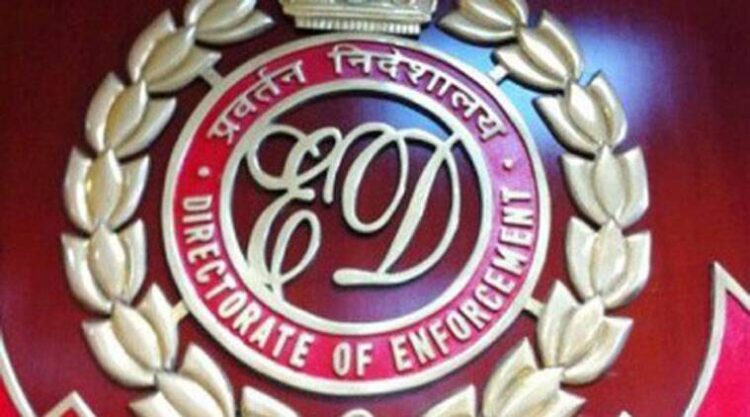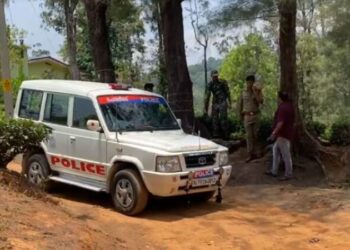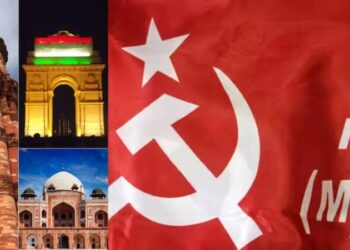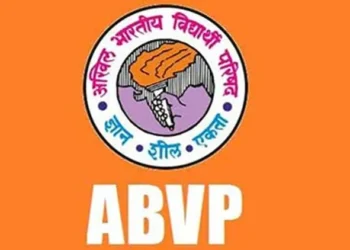THIRUVANANTHAPURAM: The Enforcement Directorate (ED) has submitted crucial documents to the court that connects to the Karuvannur cooperative bank scam. According to the ED’s findings, the money deposited by ordinary citizens in the Karuvannur cooperative bank has been embezzled through the collusion of political leaders.
The ED revealed that individuals acting as benamis obtained loans from the cooperative bank and then deposited the funds into other cooperative banks in the state. This money laundering tactic is unprecedented in India.
Additionally, the ED noted that the cases related to the Prevention of Money Laundering Act (PMLA) represent the country’s first instances of a highly organized scheme involving the looting of funds and subsequent laundering, with the involvement of political leaders, elected representatives, and financial institutions recognized by the state government.
The ED submitted its report to the court after completing the second phase of interrogation involving the accused in the Karuvannur cooperative bank scam, including CPI(M) councilor and Health Standing Committee chairman of Wadakkanchery, PR Aravindakshan, and CK Gilles, the former accountant of the Karuvannur Bank.
The ED also clarified the modus operandi, which involves three stages of money laundering. In the first stage, the accused obtained benami loans to embezzle the funds deposited by ordinary citizens. This was followed by two steps in this stage: “placing” and “layering,” as reported by the ED.
In the “placing” step, the stolen money was deposited in the accounts of close relatives in other cooperative banks. Then, in the “layering” phase, the transferred money in the close relative accounts was presented as legitimate, and several transactions were conducted in those accounts.
In the third stage, known as “integration,” the money was withdrawn and invested in land and buildings through real estate agents. Subsequently, these properties were sold, and the funds were once again deposited in the accounts of the accused’s close relatives in cooperative banks, thus continuing the money laundering process.













Comments